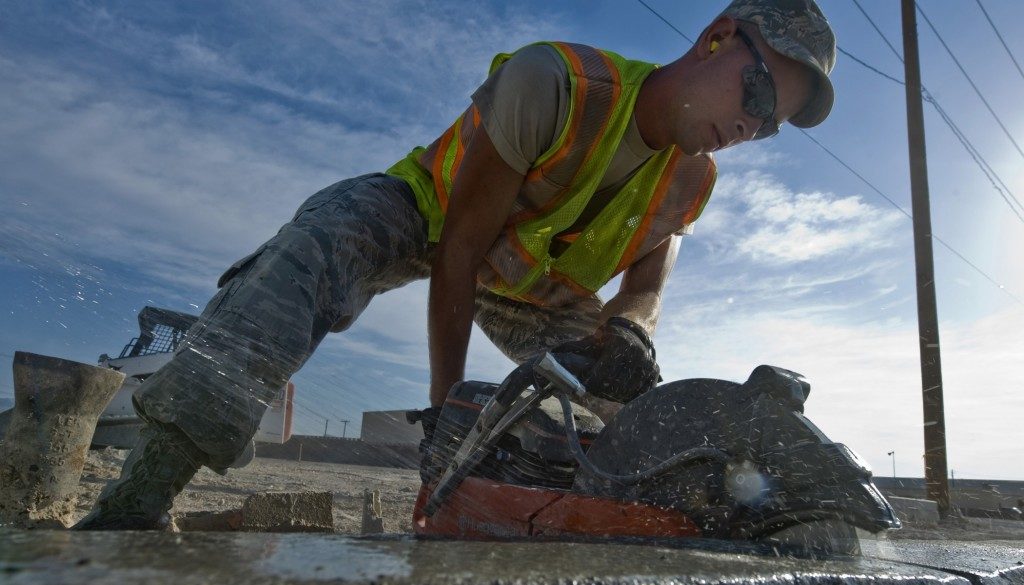Workers’ Memorial Day: If Your Loved One Died at Work, What Would You Want Their Legacy to Be?
By Marni von Wilpert, Economic Policy Institute
In 2015, 4,836 workers died on the job. That’s nearly five thousand husbands, wives, fathers, and mothers who walked out their door in the morning and never came back home.
April 28 is Workers’ Memorial Day—an international day of remembrance for workers killed, disabled, or sickened by their work. And as highlighted by the AFL-CIO’s 2017 Death on the Job Report, it is also an opportunity to highlight the preventable nature of most workplace deaths and injuries, and a day of action to fight for improvements in workplace safety.
One important way we can honor the memories of our fallen loved ones is by learning from what happened, and enacting laws and regulations to make workers safer in the future. In fact, many workplace safety laws and regulations are passed in memory of workers who died on the job.
Take, for example, the Miner Act of 2006—a mine safety law enacted after the deaths of 21 miners within the first few months of that year. The Senate report explaining the necessity of the enhanced mining safety provisions states that, “these tragedies serve as a somber reminder that even that which has been done well can always be done better.” Or California’s 2016 Workplace Violence Prevention in Health Care regulation, promulgated to protect health care workers against workplace violence after the deaths of a psychiatric technician and a registered nurse who were killed during patient assaults. Documentation supporting the regulation states that, “the deaths of theses health care workers demonstrate the need for better security measures, procedures, and practices.”
The foundational step in enacting new worker safety rules is recording and reporting workplace incidents, because if we don’t know about the problems, we cannot solve them. For example, many people may be surprised that in 2016, the private-sector jobs with the highest rates of injuries included not only tractor-trailer truck drivers and warehouse laborers, but also nursing assistants. And the top five public-sector occupations with the highest rates of injury included sheriff’s patrol officers and firefighters, but also janitors, cleaners, and teacher assistants.
The Occupational Safety and Health Administration (OSHA) is responsible for tracking workplace injuries and illnesses, and issuing new rules and regulations to keep workers safe going forward. But OSHA cannot read minds: it requires employers to record and report injury and illness rates in their workplaces. Yet, many employers evade their statutory recording and reporting duties, sweeping deaths and injuries under the rug to avoid liability. That is one reason why OSHA enacted a recordkeeping rule last year, enhancing its enforcement powers to issue citations and fines to employers who fail to maintain these critical injury and illness records.
Yet, one of the first things President Trump and congressional Republicans did this year was overturn OSHA’s recordkeeping rule, and establish that OSHA can never promulgate a similar rule again unless Congress specifically authorizes it to do so.
So now workers may not only die at work, they could die in vain. Or lose a limb, lose their eyesight, or develop lung cancer from exposure to toxins. And instead of honoring their tragedies by recording and reporting them to learn what we can do better, much if it could all quietly brushed under the rug. Without any evidence of the problems of the past, we can have no solutions for the future.
What will happen next year if, because OSHA’s enforcement powers have been stripped down, workplace tragedies go unreported? Sadly, it’s something we all should think about during this Workers’ Memorial Day. And who knows, one day the person who wakes up, goes to work, and never comes home could be someone you love. Wouldn’t you want their death to mean something? Check the vote count for overturning OSHA’s rule to see if your congressperson or Senator agrees.

